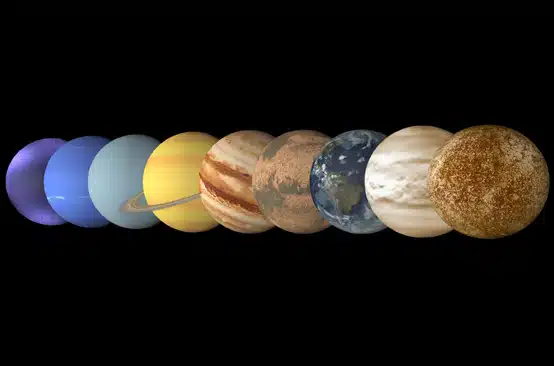Astronomers from the University of Melbourne are challenging the current thinking about the nature of the universe’s dark matter by checking out its effect on light.
Most of the mass of the universe is thought to exist as ‘dark matter’ – something that can’t be seen but is known to exist. Traditionally, it was thought that dark matter became extremely concentrated in the centre of galaxies.
“In a spiral galaxy in the Pegasus constellation, we found this not to be the case,” says PhD student, Cathryn Trott. “Dark matter plays an insignificant role in the central regions of this galaxy.”
Ms Trott studied the way mass was distributed in the galaxy, focusing in particular on its unseen dark matter halo.
She was able to do this because the spiral galaxy (2237+0305) studied lies directly in front of a very bright distant quasar. The light from the quasar is deflected by the mass of the galaxy, allowing astronomers to study how mass is distributed in the unseen dark matter of the galaxy.
These research results challenge standard thinking about the nature of dark matter.
“It suggests we need to rethink the way dark matter affects the structure of the universe,” Ms Trott says. “This has far reaching implications for modern cosmology.”
Ms Trott is continuing her research at telescopes in NSW and India to further identify the shape of the dark matter halo and to measure the mass of dark matter particles. She hopes this will give astronomers a real insight into the nature of dark matter.
Cathryn is one of sixteen young scientists presenting their discoveries to the media, public and students for the first time, at Fresh Science.
“We’ve selected them from 105 national nominations, brought them to Melbourne, trained them and thrown them to the [media] lions,” said Niall Byrne, Chairman of Fresh Science. “It’s all about focussing public and media attention on Australian scientific achievement.”





 Fresh Science is on hold for 2022. We will be back in 2023.
Fresh Science is on hold for 2022. We will be back in 2023.